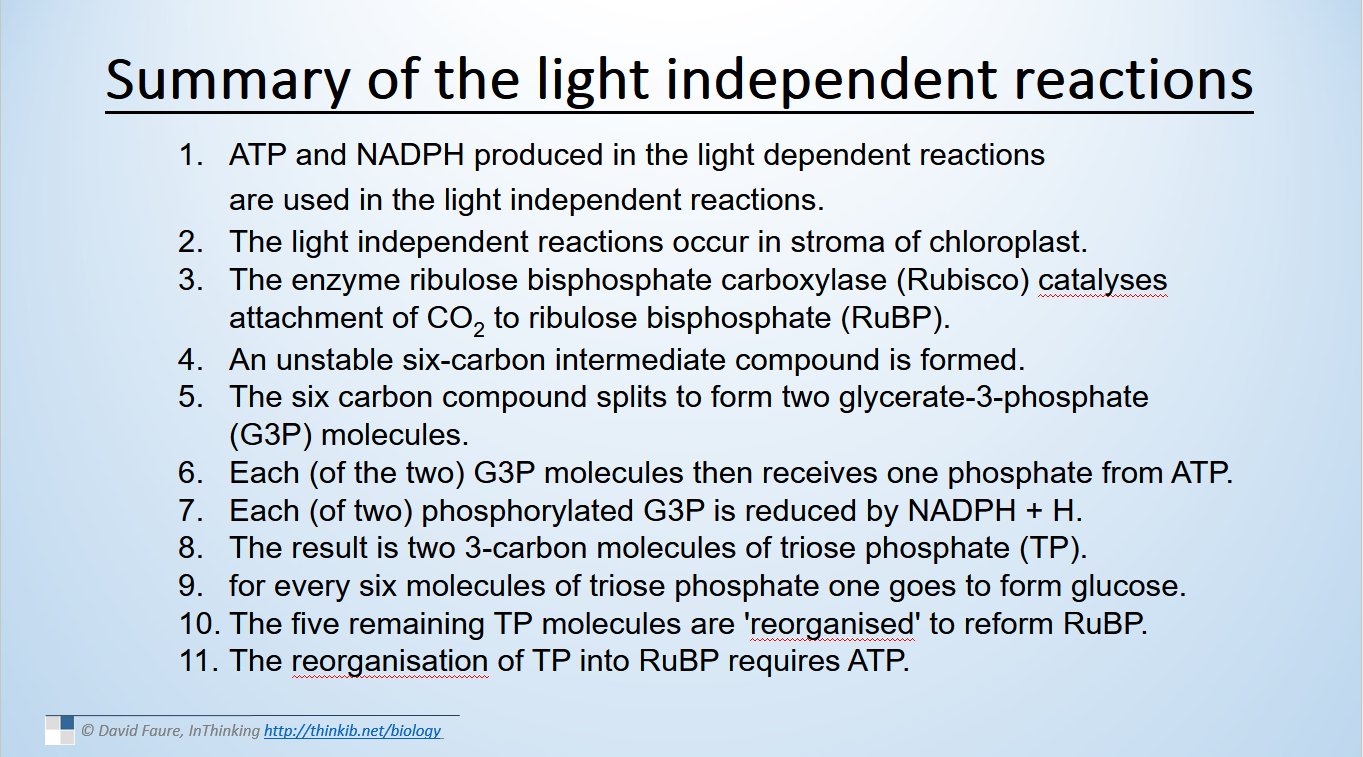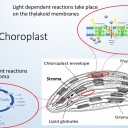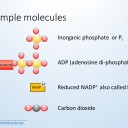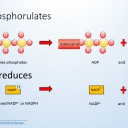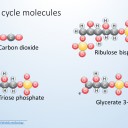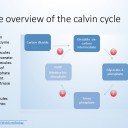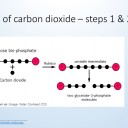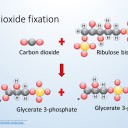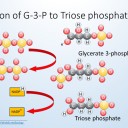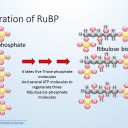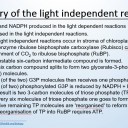Light Independent Reactions
 The reactions of the Stroma of the Chloroplast are known as the light independent reactions and also the Calvin cycle. This activity introduces some of the molecules to students and some steps of the reactions then asks the students to link their ideas using a set of SOLO hexagons to answer an IB style question. A final activity includes an excellent animation of the whole process of photosynthesis and a summative task to assemble all the cards from both light dependent and light independent reactions of photosynthesis. This could be used as assessment.
The reactions of the Stroma of the Chloroplast are known as the light independent reactions and also the Calvin cycle. This activity introduces some of the molecules to students and some steps of the reactions then asks the students to link their ideas using a set of SOLO hexagons to answer an IB style question. A final activity includes an excellent animation of the whole process of photosynthesis and a summative task to assemble all the cards from both light dependent and light independent reactions of photosynthesis. This could be used as assessment.
Lesson Description.
Guiding Questions
- How does the chloroplast trap CO2 from the air?
- Which 'carbohydrates' do the light independent reactions make?
- Which products from the light dependent reactions are used in the light independent reactions?
Activity 1 - Introduction to the reactions
Study the following slides to learn the names of the important molecules and some of their reactions
Activity 2: Construct an explanation using hexagons
Match the images to the statements in the ![]() Light independent reactions SOLO hexagons below to create a multimedia answer to the IB style question.
Light independent reactions SOLO hexagons below to create a multimedia answer to the IB style question.
1. Outline the three main stages of the Calvin cycle:
- fixation of carbon dioxide by combination with ribulose bisphosphate (RuBP),
- the reduction of Glyceraldehyde-3-phosphate
- the regeneration of ribulose bisphosphate (RuBP) using ATP
(Total 8 marks)
Activity 3 - Summary of the whole of photosynthesis
This is a summary activity to tell the whole story about photosynthesis
Watch the following short video which summarises the whole process of photosynthesis, both light dependent and light independent reactions in just 5 minutes. (Don't worry about the names of the individual electron carriers)
Combine all the hexagons from both the light independent and the light independent reactions of photosynthesis to link these ideas about photosynthesis together. Try to tell the whole story.
Click the eye icon to see a summary of all the points.
Photosynthesis key points
Light dependent reactions
Light independent reactions
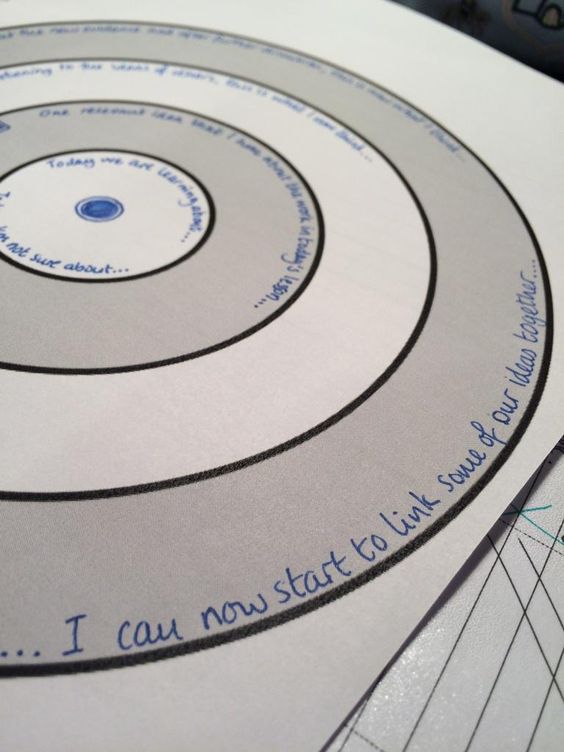
Once you have finished take a photo of your work and tweet it to a friend or Tweet to @BiologyIB
Teachers notes
This lesson follows on from the light dependent reactions lessons and so the style is similar.
This enables students to combine their hexagons to try to summarise the whole process at the end. This final arrangement of hexagons could make a good assessment to conclude this section on photosynthesis. Taking photos of the diagrams would be a nice way to simplify the marking.
There is a nice video explanation of photosynethsis from HNMI. which would complement the SOLO activity well.
Revision activity
I have also made a ![]() Photosynthesis 'theatre' molecule cards which are a great way to involve the whole class, and break down some of the difficult ideas into manageable parts. In lessons I cut out the words and give one to each student as they enter the room. Then I structure the activity into these stages:
Photosynthesis 'theatre' molecule cards which are a great way to involve the whole class, and break down some of the difficult ideas into manageable parts. In lessons I cut out the words and give one to each student as they enter the room. Then I structure the activity into these stages:

- Group yourselves into two groups, those molecules used in the Light-dependent and Light-independent reactions.
- Discuss with each other what is the role of the molecule on your card, until you can explain it in one sentence.
- Line up in the class starting from water, in the order of photosynthesis.
- Explain the whole process, one sentence from each student, (each student represents one molecule)
- Can we improve anything? Repeat the explanation a couple of times.
- Students write down five sentences from this explanation. (or a class could write the whole process on a colaborative page / Google doc.)
It would be good to ask students to read about the lollipop experiment used by Melvin Calvin to identify the sequence of chemicals in the Calvin-Benson cycle. Read his Nobel speech from 1962
To illustrate the use of practical work to establish reactions there is Hill´s method. This experiment demonstrates electron transfer in chloroplasts by observing DCPIP reduction in the lab. There are some good practical instructions here and from Nuffield here

 IB Docs (2) Team
IB Docs (2) Team

